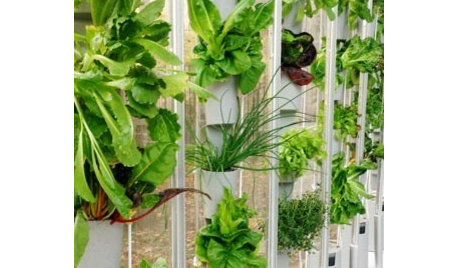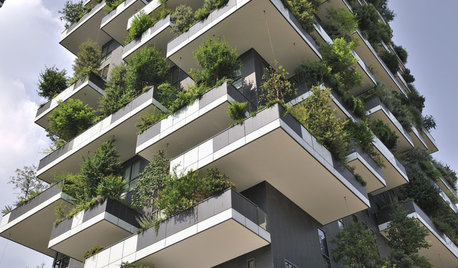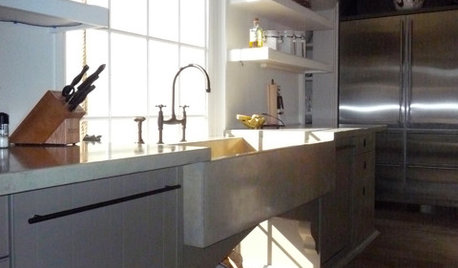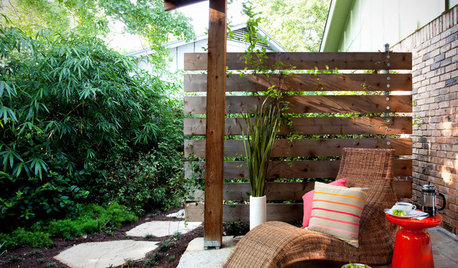pH to high for Azalea...
fred
10 years ago
Related Stories


LIGHTINGThe Lowdown on High-Efficiency LED Lighting
Learn about LED tapes, ropes, pucks and more to create a flexible and energy-efficient lighting design that looks great
Full Story
PRODUCT PICKSGuest Picks: High-Tech Plant Helpers
Hydroponics, monitoring systems, even an electric pollinator ... these gadgets and services keep your greenery growing strong
Full Story
THE ART OF ARCHITECTUREWorld of Design: Trees Bring Nature to a High-Rise in Milan
Discover ‘the most beautiful and innovative skyscraper in the world’ — the foliage-filled Bosco Verticale — and tour one of its apartments
Full Story
GARDENING GUIDESGrow a Beautiful Garden in Alkaline Soil
Got alkaline soil? Learn how to manage it and the many beautiful plants that will thrive in this ‘sweet’ soil
Full Story
KITCHEN DESIGNGreat Solutions for Low Kitchen Windowsills
Are high modern cabinets getting you down? One of these low-sill workarounds can help
Full Story
REMODELING GUIDESWhy Marble Might Be Wrong for Your Bathroom
You love its beauty and instant high-quality appeal, but bathroom marble has its drawbacks. Here's what to know before you buy
Full Story
GARDENING GUIDESGreat Design Plant: Knock Out Roses
As glorious as their high-maintenance kin for a fraction of the work, Knock Out roses make even beginners look like garden stars
Full Story
LANDSCAPE DESIGNThe Best Winter Garden Project? Plan for Next Year
Consider these 9 ideas now for a highly personal, truly enjoyable garden come spring
Full Story
GARDENING GUIDESGreat Design Plant: Wild Lupine Dresses Up Rocky Gardens
Spiky blue flowers and a high tolerance for poor soil make this plant ideal for tough sites
Full StoryMore Discussions








drew51 SE MI Z5b/6a
fredOriginal Author
Related Professionals
Piqua Landscape Architects & Landscape Designers · Salem Landscape Architects & Landscape Designers · Wareham Landscape Architects & Landscape Designers · Fairview Landscape Contractors · Madera Landscape Contractors · Milford Mill Landscape Contractors · North Ridgeville Landscape Contractors · Salem Landscape Contractors · St. Louis Landscape Contractors · Thornton Landscape Contractors · Benicia Solar Energy Systems · Elmwood Park Solar Energy Systems · Eagle River Window Contractors · Glenview Fence Contractors · Oro Valley Fence Contractorsseysonn
oxboy555
seysonn
drew51 SE MI Z5b/6a
fredOriginal Author
drew51 SE MI Z5b/6a
drew51 SE MI Z5b/6a
fredOriginal Author
drew51 SE MI Z5b/6a
drew51 SE MI Z5b/6a
fredOriginal Author
drew51 SE MI Z5b/6a
oxboy555
drew51 SE MI Z5b/6a
fredOriginal Author
oxboy555
fredOriginal Author
oxboy555
oxboy555
fredOriginal Author
fredOriginal Author